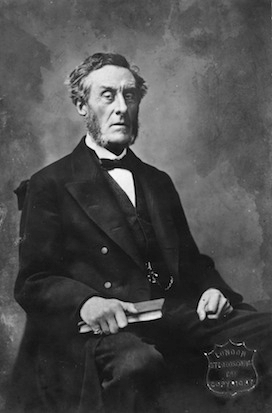Historical fiction is sometimes accused of being remote from modern concerns, a flight towards nostalgia and fantasy. It’s not an accusation you can reasonably level at M.J.Carter’s historical crime novels. The first, The Strangler Vine, was set in an unsettling version of colonial India. Its sequel, The Infidel Stain, takes place three years later in 1841, in a London that Dickens would have recognised. The story follows the subsequent careers of her two main characters — the louche and mysterious Jeremiah Blake and his far more respectable young friend Captain William Avery, now retired from the East India Company’s army.
Blake is making his living as an inquiry agent. Viscount Allington, a politician whose evangelical outlook is clearly modelled on Lord Shaftsbury’s, hires him to look into the deaths of two printers. Blake recruits the assistance of Avery, now married, bored and living in genteel obscurity in the West Country.
It soon becomes clear that the printers were not wholly respectable, and that their stock-in-trade included pornography. They have connections to the widespread political discontent of the country: not just the respectable Anti-Corn-Law league but the Chartists, whose radical demands and working-class roots lead the authorities to suspect them of fomenting revolution.
Avery serves as the narrator, the Watson to Blake’s Holmes. Carter modifies the Holmes and Watson template by having Avery and Blake constantly arguing with each other; they bicker like an old married couple. There are ample opportunities for irony here — Blake is Avery’s intellectual superior but also his social inferior.
Both men are relative strangers in London, as Avery was in India, which allows Carter to describe the early-Victorian city to us through her narrator’s eyes. It becomes almost a character in its own right, at once unexpectedly familiar and profoundly strange, a richly specific mix of splendour and squalor.








Comments
Join the debate for just £1 a month
Be part of the conversation with other Spectator readers by getting your first three months for £3.
UNLOCK ACCESS Just £1 a monthAlready a subscriber? Log in